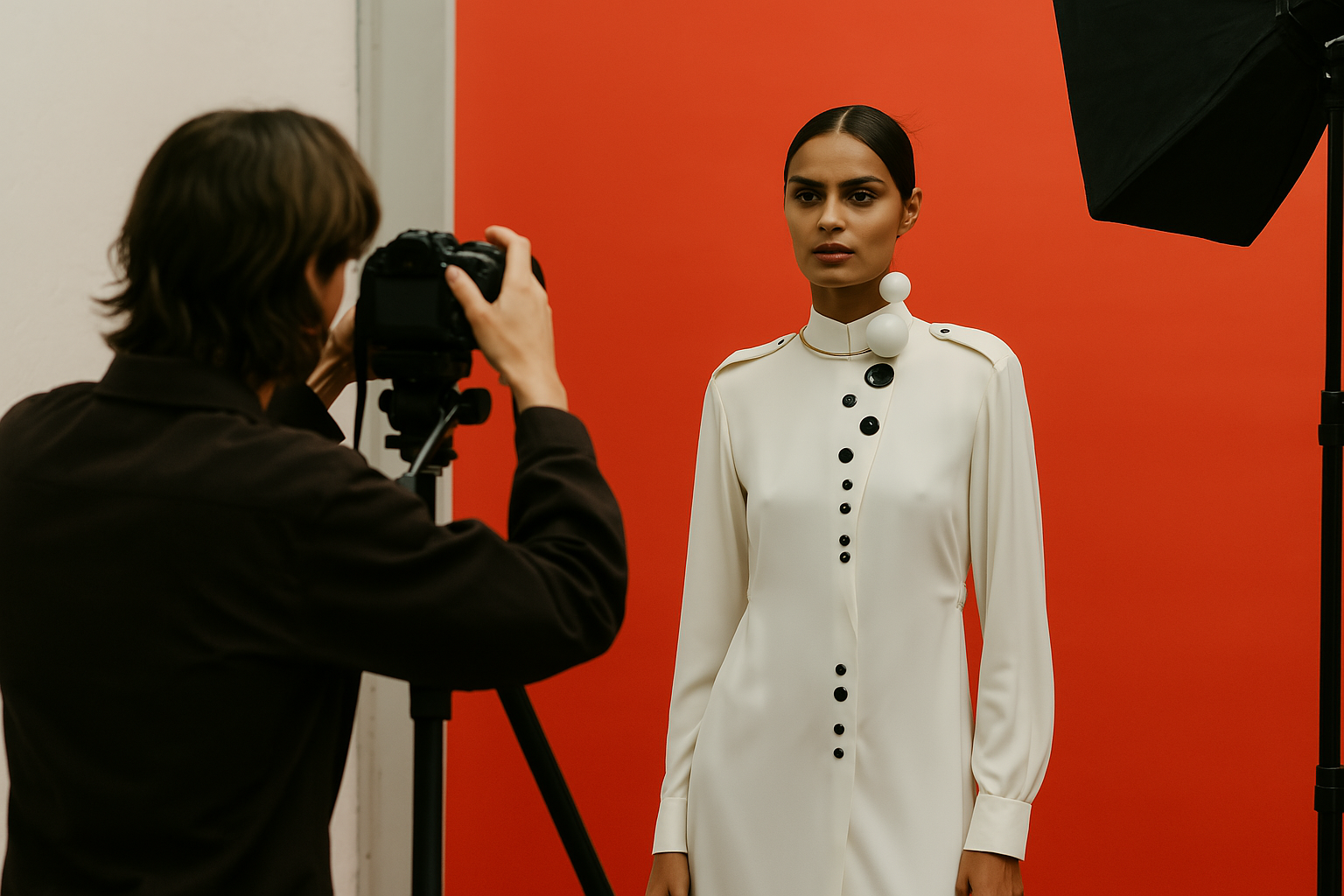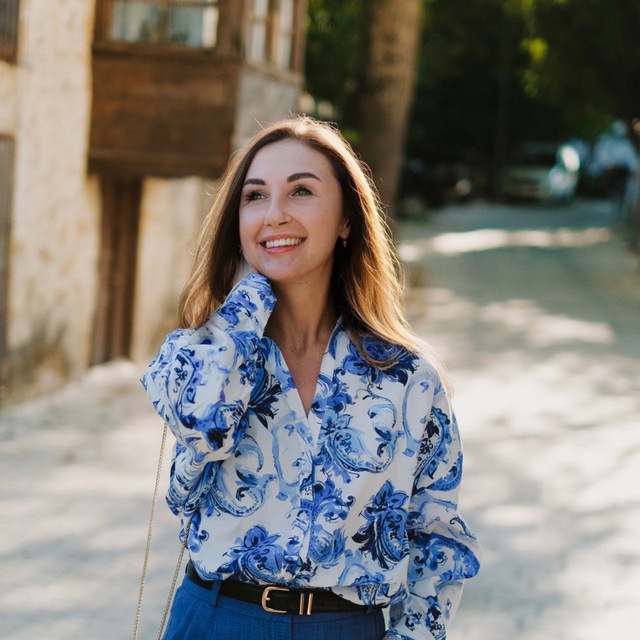Portrait Photography - 10 Advanced Tips for Striking Results

Portrait photography goes far beyond merely pointing a camera and clicking the shutter. It is an intricate discipline that requires technical mastery, emotional intelligence, and a well-developed artistic eye. Whether you’re just beginning your journey into photography or refining an established body of work, developing expertise in portraiture equips you to distinguish yourself in a visually saturated and increasingly competitive creative arena.
This comprehensive guide delves into ten high-level strategies that marry technical precision with artistic intuition. From selecting the right tools and crafting sophisticated lighting schemes to mastering interpersonal dynamics and post-production refinement, you’ll discover practical approaches to improve your technique and learn how to take better portraits that resonate with depth and authenticity.
1. Learn the Core Principles of Portraiture
Creating impactful portraits is not merely a matter of achieving proper exposure or sharp focus—it is the art of capturing a subject’s intrinsic character and translating it into a powerful visual narrative.
To accomplish this, a photographer must be attuned to both the mechanical and human elements of image-making. This includes not only the manipulation of light and camera settings but also a sensitivity to the psychological nuances of posture, facial expression, and personal energy.
Key concepts to master:
- Narrative Framing: A meaningful portrait suggests a deeper story behind the image.
- Detail Awareness: Expressions, gestures, and micro-interactions all contribute to the emotional tone.
- Exposure Control: Understanding ISO, aperture, and shutter speed empowers you to craft moods ranging from soft, atmospheric tones to vivid, high-contrast drama.
Bonus Insight: Build Subject Understanding
Take the time to learn about your subject in a meaningful way. Asking thoughtful, open-ended questions and observing their mannerisms can uncover layers of personality. This mutual engagement creates space for portraits that feel genuine and intimately connected, not merely captured.
2. Choose the Gear That Complements Your Creative Direction
While advanced equipment can offer precision and control, it is ultimately the creative vision that defines the image. A deep familiarity with your gear allows for intuitive shooting and greater freedom to focus on composition, emotion, and storytelling.
Suggested setup for aspiring professionals:
- Camera: Canon EOS Rebel, Nikon Z50, or Sony Alpha series provide a solid balance of performance and portability
- Lenses: 50mm and 85mm prime lenses deliver strong subject separation and smooth background rendering
- Support Tools: A tripod enhances sharpness, while reflectors and neutral density filters help you manage light more effectively
Optional enhancements:
- Wireless shutter release systems for remote shooting
- LED lighting panels with adjustable color temperatures for flexible setups
- Polarizing filters to control reflections and enhance sky contrast in outdoor scenes
Ultimately, equipment should amplify—not replace—your creative instincts.
3. Sculpt With Light to Create Emotional Atmosphere
Light is one of the most expressive tools at a photographer’s disposal. Far beyond simple illumination, it defines the subject's contours, sets the emotional tone, and introduces visual hierarchy within the frame.
Begin with natural and ambient light approaches:
- Golden Hour: Yields warm, flattering light ideal for skin tones
- Overcast Days: Offer diffused lighting, minimizing harsh contrasts
- Window Light: Provides soft directional lighting, ideal for indoor sessions without artificial color interference
For enhanced control and consistency, integrate artificial lighting techniques:
- Key and Fill Lighting: Establish dimension and isolate the subject from the background
- Modifiers like Softboxes: Soften harsh light and reduce unwanted highlights or shadows
Mastery in lighting often comes from subtle adjustments, not dramatic interventions.
4. Compose Images That Invite the Viewer In
Composition isn’t simply about positioning your subject—it’s about orchestrating a visual experience that guides attention and evokes emotional engagement.
Consider these core techniques:
- Apply the rule of thirds to construct balanced, aesthetically pleasing frames
- Use leading lines—from architecture or natural elements—to draw the eye toward your subject
- Frame with foreground layers, such as foliage, doorways, or reflections, to establish spatial context and depth
Avoid overly intricate backgrounds that compete for attention. Simplicity enables the subject’s presence to resonate clearly.
Thoughtful composition turns an image into a visual conversation.
5. Establish Trust and Direct With Subtlety
Portraiture often requires individuals to be vulnerable. Your responsibility as a photographer is to create a space where your subject feels both seen and safe.
To build genuine rapport:
- Begin the session with relaxed, open-ended dialogue
- Offer feedback throughout—affirm expressions and acknowledge their presence
- Allow for natural pauses and movement between shots
Avoid rigid directives. Instead, guide your subject toward poses through suggestion and mirroring. Candid movements frequently lead to the most authentic outcomes.
6. Curate Environments and Use Props with Purpose
An effective background enhances—not distracts from—the subject. The environment you select should reinforce the image’s narrative or aesthetic intent.
Refined approaches:
- Choose minimalist or textural backdrops that frame the subject without competing for attention
- Incorporate location-based storytelling—urban alleys, natural landscapes, or workspace interiors
- Use carefully selected props (e.g., instruments, books, tools) to deepen context and connection
Always consider the emotional tone of your scene. Does the color palette harmonize with the wardrobe? Does the setting reflect the personality of the subject?
7. Precision Focus and Depth-of-Field Mastery
Focus is a non-negotiable aspect of professional portraiture. Equally important is how you use background blur to direct viewer attention.
Tactical guidance:
- Lock focus on the subject’s eyes—they communicate the image’s soul
- Utilize wide apertures (f/1.4–f/2.8) to blur surroundings and isolate emotion
- Adjust your focal length and camera-subject distance to refine perspective and visual compression
Use manual focus assist tools when necessary—especially in low-contrast or complex scenes where autofocus may be unreliable.
8. Refine With Editing That Enhances Authenticity
Post-processing should elevate the emotional resonance of a portrait, not overshadow it. The most compelling edits maintain skin texture, color integrity, and atmosphere.
Editing workflow essentials:
- Use tools like Lightroom, Capture One, or Affinity Photo for global adjustments
- Apply subtle skin retouching to enhance rather than conceal
- Emphasize eyes, adjust tonal curves, and refine color balance for cohesion
Color grading plays a powerful narrative role. Warm hues suggest intimacy; cooler tones can introduce introspection or elegance.
9. Avoid Technical and Creative Missteps
Even seasoned professionals occasionally encounter common pitfalls:
- Overcrowded compositions that detract from subject clarity
- Unflattering lighting angles that accentuate shadows or distort features
- Lack of emotional depth due to poor communication or direction
- Excessive retouching that diminishes realism
Mitigate these issues through preparation, awareness, and slowing down your process. Intentional photography always surpasses reactive shooting.
10. Pursue Consistent Practice and Intentional Growth
Artistic growth is not linear—it comes through reflective exploration. Approach each session as a study, not a performance.
Strategies for long-term development:
- Conduct regular image reviews with peers or mentors
- Engage in themed projects (e.g., environmental portraits, monochrome sessions)
- Document learnings and outcomes in a creative log or visual journal
Instead of rushing to the next shoot, analyze what created emotional impact and what could be further refined in future sessions.
Consistency fuels intuition. Reflection fuels artistry.
Explore Posing Techniques and Portrait Styles
Striking poses can elevate a portrait’s impact, while different styles create distinctive atmospheres. Understanding both allows for greater storytelling flexibility.
Effective Posing Approaches:
- S-Curve: A classic approach emphasizing flow and elegance, particularly in fashion or editorial photography.
- Three-Quarter Turn: Slightly angling the body from the camera adds natural depth and flatters most figures.
- Lean-In or Wall Pose: Useful for informal or lifestyle portraiture, adds relaxation and context.
- Hands-In-Frame: Integrating hands into the composition can add grace, gesture, or mood.
Popular Portrait Styles:
- Lifestyle Portraits: Capture people in real-life environments, often candid or semi-posed
- Fine Art Portraits: Heavily stylized, sometimes surreal, emphasizing aesthetic and symbolism
- Editorial Portraits: Created for publication; striking and high-concept
- Headshots: Focused on the face for professional use, with attention to clarity and expression
Blending techniques across these styles allows you to adapt to the subject and project needs while developing your own visual signature.
Share Your Portraits with the World
Technical mastery and creative evolution are only parts of the journey. Sharing your work through a curated portfolio gives your images the exposure and credibility they deserve.
An effective online portfolio showcases not just your photos, but your identity as an artist. If you're seeking the best website builder for creatives, prioritize platforms that let your visuals lead, your voice resonate, and your brand stand out.
Whether you're a photographer, designer, or stylist—your work deserves to be seen.
Ready to elevate your portfolio? Build your creative portfolio today at vsble.me and bring your photography to the world.
